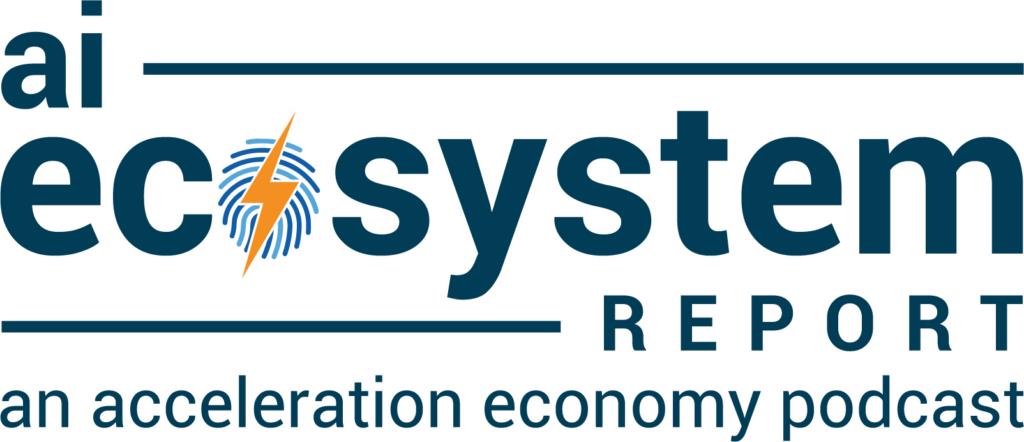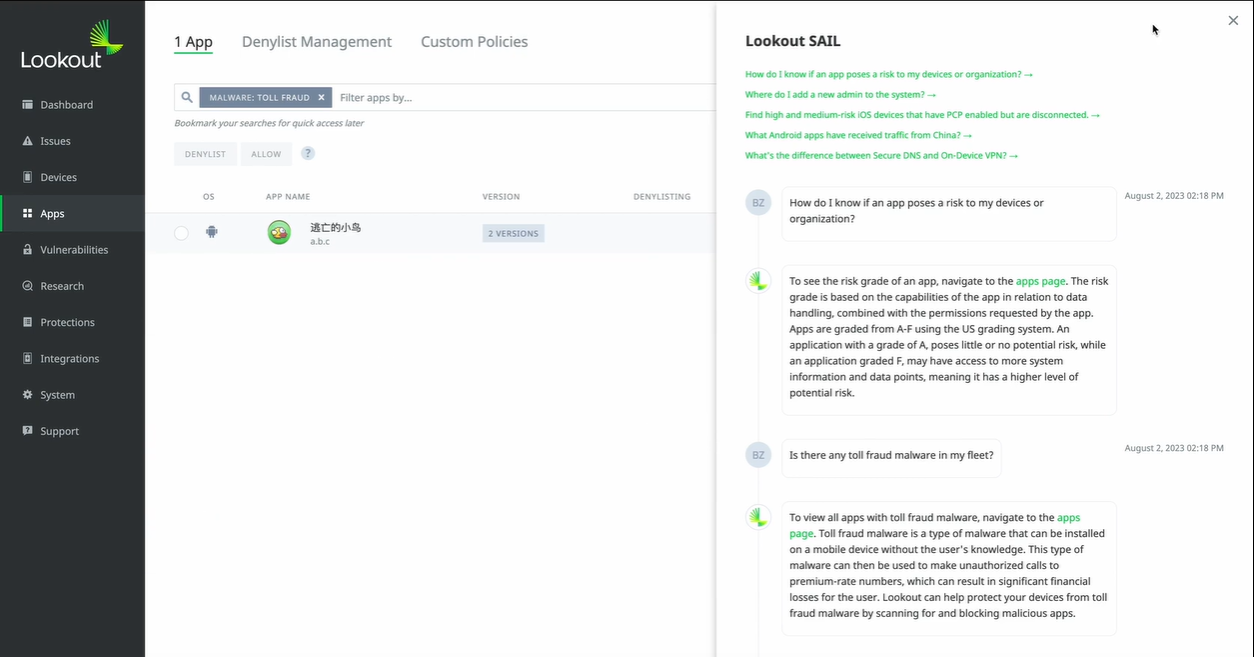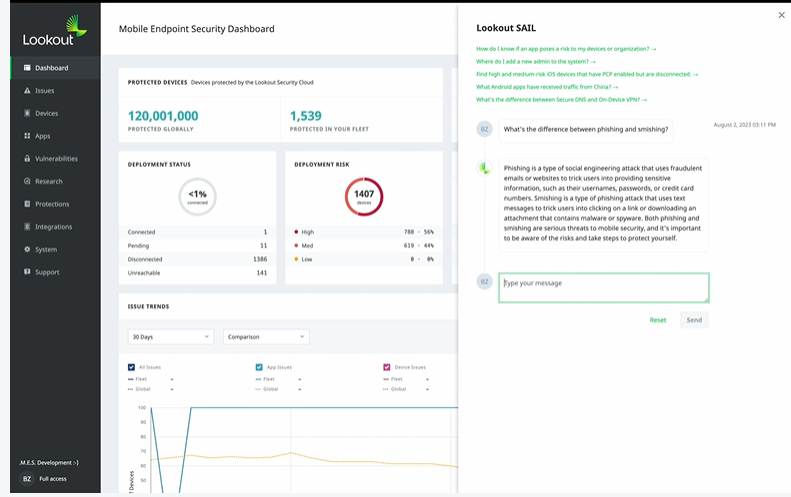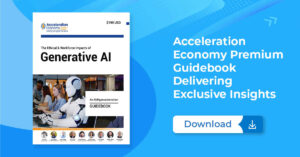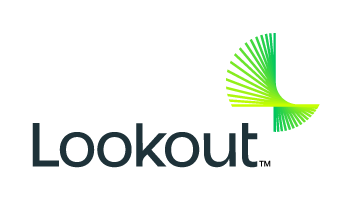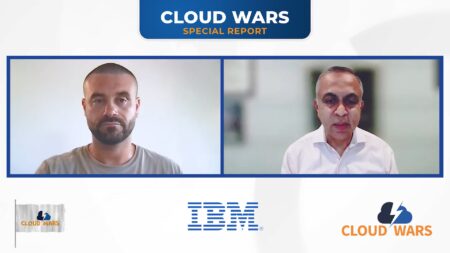With the nonstop forward march of AI progress comes new and unexpected security threats. Everything is digitized. Everything is stored as data. That means the need for cybersecurity is higher than ever. In case you need evidence, in August we saw the US Department of Defense (DoD) announce a generative AI task force to help combat security threats posed by the new technology.
This is causing a huge demand for cybersecurity professionals, which has quickly become one of the most over-demanded and undersupplied career paths out there. That means their time is highly valuable and companies should do everything possible to make their cybersecurity team more efficient.
Lookout recently launched a tool called Lookout SAIL, which is a generative AI-powered assistant that is woven into its security platform. For reference, Lookout is now a cloud-native cybersecurity platform born under a different name in 2007. One thing it’s laser-focused on is consolidating vendors for endpoint and cloud security in a single platform.
3 Core Capabilities of Lookout SAIL
Right now, Lookout SAIL does three things very well:
First, it guides new users on the Lookout platform features. This reminds me of a new-gen version of the Adobe Suite or other SaaS tools helping you navigate the UI with various text boxes and pointers.
Second, you can query large datasets with natural language. However, instead of displaying answers within a chat interface a la ChatGPT, SAIL will take you to the relevant part of the Lookout console and set the filters needed to show you the answer. This minimizes the friction between the console interface and the chat interface and helps users see the why/how of where those answers are coming from.
Third, you can leverage SAIL to learn about cybersecurity topics and terms directly within the platform. This helps onboard users who may be new to the job but need to learn quickly to meet the needs of the organization.
Above all, Lookout SAIL weaves generative AI into the UI and UX of the console fluidly. Too many other SaaS companies just put an AI chatbot window on top of their UI and call it a day. Some of them do it just to jump on the hype train and report to their higher-ups that they successfully built a generative AI feature. Yet these disconnected chat tools aren’t providing value. In most cases, they just distract the user.
The Lookout SAIL Approach
Lookout has taken a different approach and leveraged the technology to provide an alternate way of using the existing console itself. The goal of SAIL is to empower cybersecurity professionals using the platform, not replace them. This creates a great user experience and makes your cybersecurity team more efficient.
Stripe has taken a similar direction in being one of the first companies to use GPT-4 to build an interface trained on all of its developer documentation, letting developers learn how to use Stripe conversationally instead of spending hours reading documents. All said and done, if people don’t know how to use your product, they won’t get value from it. Tutorials and documentation are great, but generative AI is better — as long as it is woven into the platform and UX, not slapped on top like a generative AI bandaid.
Final Thoughts
Granted, these three features are just the start for Lookout. In a press release, the company’s Chief Strategy Officer Aaron Cockerill mentioned, “It’s the start of a journey that fundamentally transforms how people interact with systems and information, touching everything from onboarding to training, as well as cybersecurity tasks like administration, policy creation, incident response, and threat hunting.”
The phrase “transforms how people interact with systems and information” is key. From my perspective as a consumer product startup founder and developer who happens to be early in his career, I’m always trying to understand how technology will be used not one quarter or one year in the future, but a decade or multiple decades in the future.
AI will spearhead the next great product revolution by uprooting how we interact with digital information. Experiences will become more personalized. UX and UI will become more dynamic. As my co-founder says, a question we’ll ask much more in the future includes: “Is the AI on?”
AI and generative AI will soon become critical parts of the creation and consumption of all software products. No doubt Lookout — and all other software companies — have a long way to go in redefining how software is used in this era. But they’re on the right path.



